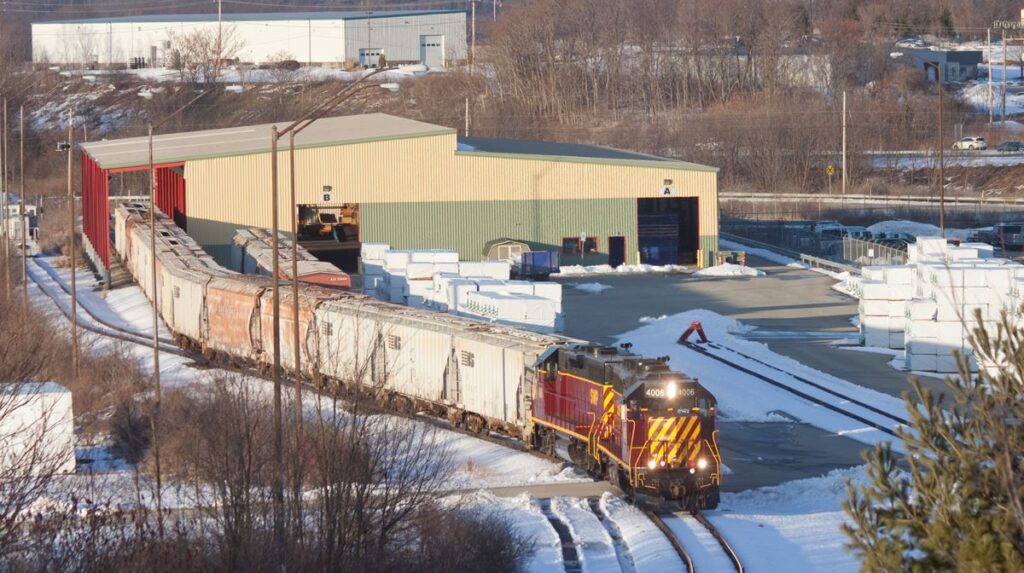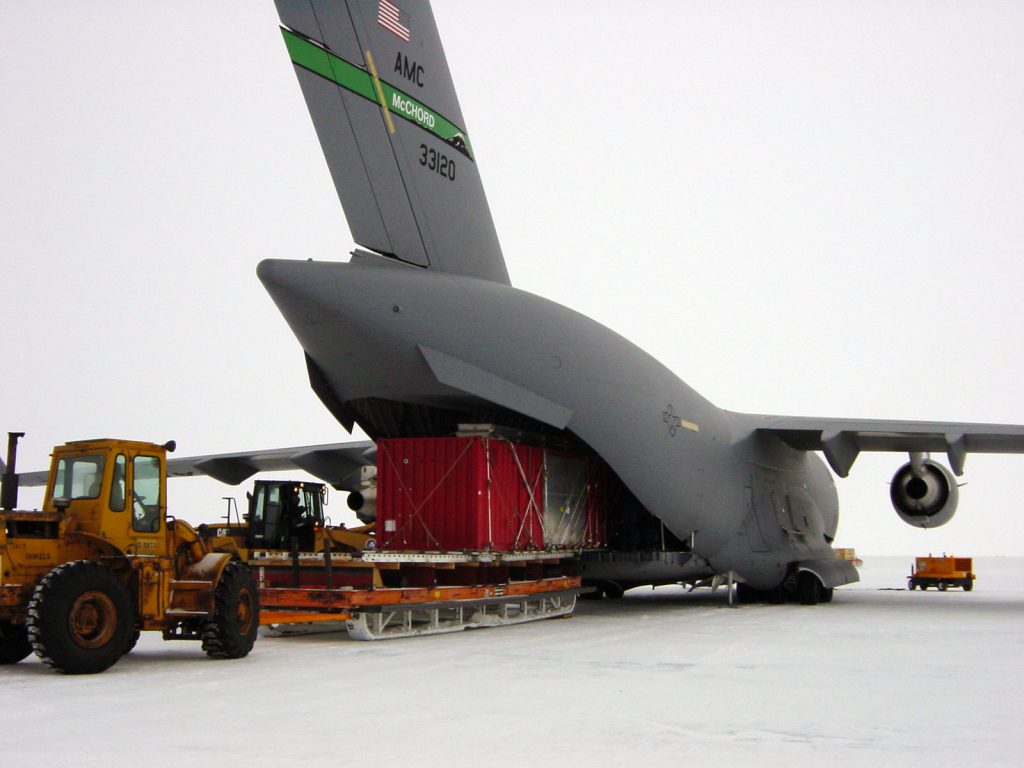- By Della tj
- September 29, 2025
- Rail Freight, Shipping
The China-Europe freight train route has become one of the most reliable and cost-effective options for shippers balancing speed and price. While sea freight remains dominant, many importers now prefer rail freight for its faster delivery compared to ocean shipping and lower cost compared to air freight. This article explains train routes, costs, documents, and real case studies to help you make better shipping decisions.
What Is the China-Europe Freight Train Route?
The China-Europe freight train route, often referred to as the New Silk Road rail corridor, connects major Chinese inland cities with European logistics hubs. It runs through Central Asia, Russia, and Eastern Europe before reaching Western Europe.
Key facts:
- Established in 2011 under the Belt and Road Initiative.
- Links over 80 Chinese cities with more than 200 European cities.
- Popular hubs include Chongqing, Xi’an, Zhengzhou, Duisburg, Warsaw, Hamburg, and Madrid.
Compared to sea transport, trains save 15–20 days in transit. Compared to air, they reduce shipping costs by 50–70%.
How Does Rail Freight Compare with Sea and Air Shipping?
To evaluate options, consider transit time, cost, and cargo suitability.
| Mode | Avg. Transit Time | Cost (per 40HQ / 500kg) | Pros | Cons |
|---|---|---|---|---|
| Sea Freight | 30–45 days | $8,000–$10,000 / 40HQ | Cheapest for bulk, global coverage | Long delays, port congestion |
| Rail Freight | 15–20 days | $10,500–$12,500 / 40HQ | Balanced speed and cost | Limited routes, inland handling required |
| Air Freight | 5–10 days | $5–$8 per kg | Fastest delivery, reliable schedules | Very costly, weight restrictions |
Accordingly, rail freight is an ideal middle ground for electronics, fashion, machinery, and mid-value cargo.
What Are Typical China-Europe Freight Train Costs?
Rates vary by distance, cargo type, and season. Below is an estimate for rail freight routes in 2025:
| Route (Origin → Destination) | Container Type | Avg. Cost | Transit Time | Notes |
|---|---|---|---|---|
| Chongqing → Duisburg (Germany) | 40HQ | $11,200 | 18 days | Most popular westbound route |
| Xi’an → Warsaw (Poland) | 40GP | $10,800 | 16 days | Central Europe hub with steady demand |
| Zhengzhou → Hamburg (Germany) | 40HQ | $12,500 | 19 days | Direct connection via Belarus |
| Yiwu → Madrid (Spain) | 40HQ | $13,000 | 21 days | Longest rail route in the network |
These costs remain lower than air freight while offering faster deliveries than ocean transport.
Why Choose the China-Europe Rail Network?
Importers prefer rail freight for several reasons:
- Faster delivery than sea freight by 15–20 days.
- Lower costs than air freight by 50–70%.
- Environmental benefits with significantly lower carbon emissions.
- High reliability with fixed schedules and growing frequency.
- Flexibility to transport both FCL and LCL cargo.
Moreover, government subsidies on certain corridors keep prices competitive, though some are gradually being reduced.
Real Case Studies of China-Europe Freight
Case 1: Electronics from Chongqing to Duisburg
- Mode: Rail freight, 40HQ
- Goods: Consumer electronics (26 tons)
- Cost: $11,300
- Transit Time: 18 days
Notes: Delivery aligned with holiday season demand in Germany.
Case 2: Fashion apparel from Yiwu to Madrid
- Mode: Rail freight, 40HQ
- Goods: Garments (23 tons)
- Cost: $13,200
- Transit Time: 21 days
Notes: Faster than sea by 20 days, saving seasonal stockouts.
What Documents Are Required for Rail Shipments?
Proper paperwork is essential to avoid border delays.
| Document Type | Purpose |
|---|---|
| Commercial Invoice | Declares value, buyer, and seller details |
| Packing List | Specifies weight, cargo description |
| Rail Waybill (CIM/SMGS) | Official transport document for rail cargo |
| Certificate of Origin | Confirms goods’ manufacturing country |
| Customs Declaration | Required at multiple transit borders |
| Insurance Policy | Protects against theft, damage, or delays |
Although requirements vary, forwarders typically manage documentation on behalf of shippers.
How Do Transit Times Differ by Destination?
Delivery speed depends on distance and route efficiency.
| Destination City | Avg. Transit Time (from Xi’an) | Notes |
|---|---|---|
| Warsaw | 16 days | Key Central European hub |
| Duisburg | 18 days | Largest inland port in Germany |
| Hamburg | 19 days | Major logistics gateway |
| Madrid | 21 days | Longest westbound rail route |
Transit times are consistent, but occasional delays may occur at border crossings or during harsh winters.
What Are the Pros and Cons of Rail vs Sea vs Air Freight?
| Factor | Rail Freight | Sea Freight | Air Freight |
|---|---|---|---|
| Cost | Medium | Lowest | Highest |
| Speed | 15–20 days | 30–45 days | 5–10 days |
| Reliability | High, fixed schedules | Moderate, port delays possible | High, weather disruption possible |
| Cargo Type | Electronics, fashion, machinery | Heavy, bulk, low-value cargo | High-value, urgent goods |
| Sustainability | Lower carbon footprint | Efficient per ton, but slower | Highest emissions per shipment |
Therefore, many businesses now integrate rail freight into hybrid logistics models.
How Can Shippers Reduce Rail Freight Costs?
To lower expenses on the China-Europe freight train route, importers can:
- Book cargo space in advance for discounted rates.
- Consolidate LCL cargo with freight forwarders.
- Optimize packaging to maximize container space.
- Select alternative destinations like Warsaw instead of Hamburg.
- Work with experienced providers like TopChinaFreight to secure stable contracts.
Furthermore, digital platforms provide real-time updates, reducing costly delays.
Conclusion
In conclusion, the China-Europe freight train route offers businesses an efficient and sustainable alternative to sea and air freight. With average delivery times of 15–20 days and costs much lower than air, it bridges Asia and Europe seamlessly. By preparing documents correctly, consolidating shipments, and partnering with reliable freight forwarders, importers can minimize risks and maximize value. The rail network will continue shaping global supply chains, providing stability and opportunity in 2025.
- Consult TJ China Freight Forwarding for the lowest quote. They will provide you with reliable, cost-effective service.
FAQ:
Q1.How long does the China-Europe freight train route usually take?
Most shipments along the China-Europe freight train route take 15–20 days, depending on distance, borders, and final European destination.
Q2.What cargo types are best for China-Europe rail freight services?
Electronics, apparel, machinery, and medium-value cargo are best suited for China-Europe rail freight services due to balance of speed and cost.
Q3.Do freight rates on the China-Europe train route change seasonally?
Yes, freight rates change seasonally, especially before Chinese New Year and European holiday periods, when cargo demand increases significantly.
Q4.Which European cities are most popular for China-Europe rail freight?
Warsaw, Duisburg, Hamburg, and Madrid are among the most popular destinations along the China-Europe freight train corridor for importers.
Q5.How does rail freight compare environmentally to sea or air freight?
Rail freight on the China-Europe route has significantly lower emissions compared to air freight, offering greener logistics for sustainable trade.




